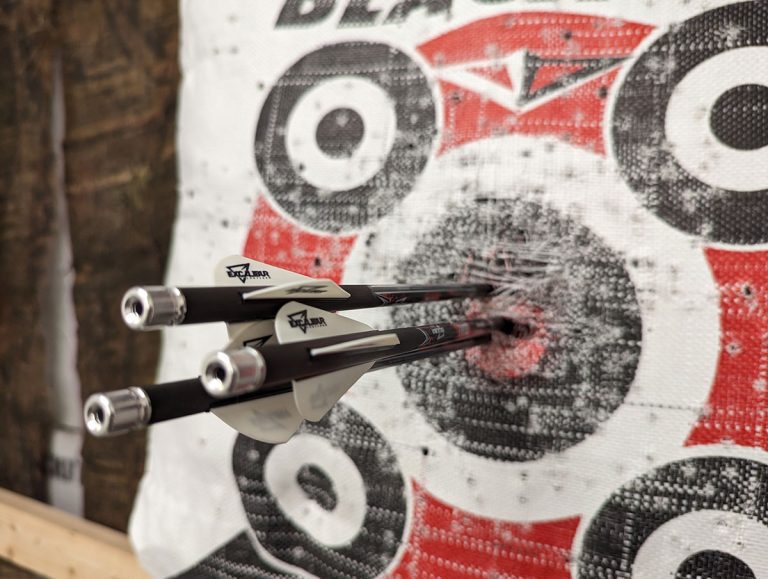A Guide on Maintenance and Tuning of Compound Bows
In the Bow hunting world, the symphony of twanging bowstrings and the flight of arrows demands precision and consistency. Whether you are a seasoned archer or just stepping into this ancient sport, understanding the significance of bow maintenance and tuning is paramount, especially on your first few bows. In this comprehensive guide, we will unravel the secrets of maintaining and fine-tuning your bow for optimal performance, both in the field and back at home. Proper maintenance and tuning are essential to ensure that your bow performs optimally and consistently and below we’ll walk you through each step to ensure your compound bow delivers optimal performance from the start and whatever test your put it through in the field.
Inspect Your Bow
Your journey begins with a thorough examination of your bow, either new or old. Carefully inspect every component for visible damage or defects. Pay close attention to the limbs, cams, strings, cables, and any accessories that accompany the bow. If you notice anything unusual, contact the seller or the manufacturer promptly. It’s always best to inspect the bow when it is working correctly to have a baseline.
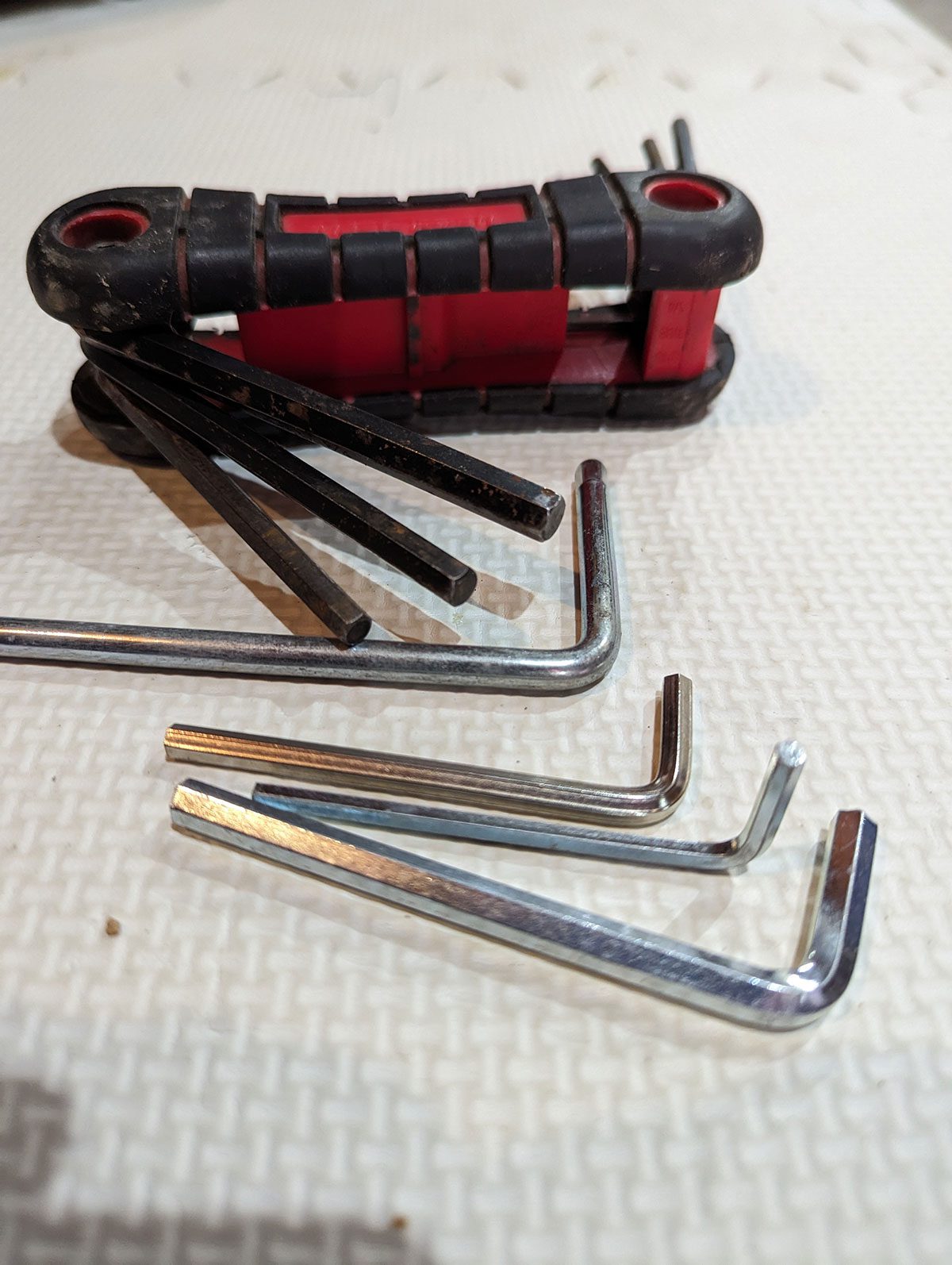
Read the Owner’s Manual
Every compound bow comes with an owner’s manual – a roadmap to understanding its unique features and maintenance requirements. Take the time to read through the manual, absorbing information about adjustments, specifications, and any peculiarities specific to your bow model. This knowledge will prove invaluable in the subsequent steps.
Adjust Draw Length and Draw Weight
Your bow’s draw length and draw weight are foundational settings that must align with your physique and shooting preferences. Refer to the owner’s manual to correctly set these parameters. If uncertain, seek guidance from an archery professional to ensure comfort, accuracy, and injury prevention.
Check and Adjust the Cam Timing
The cams are the heart of a compound bow, dictating its performance. Check the cam timing to ensure both cams move in harmony. Any misalignment can lead to inconsistent arrow flight. Consult the manual for instructions on cam timing adjustments, ensuring your bow operates at peak efficiency.
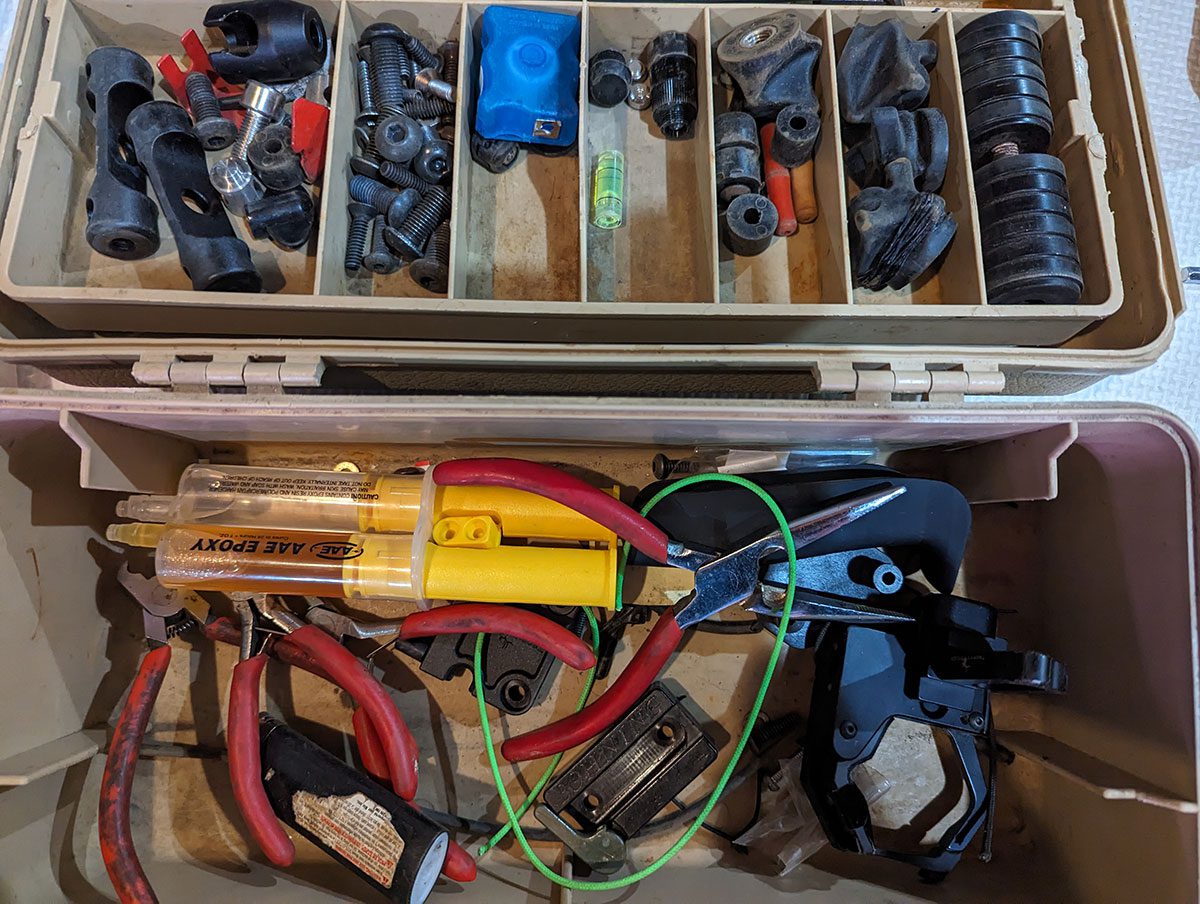
Inspect the Strings and Cables
The key to consistent accuracy from a compound bow that is shot regularly is examining the bowstrings and cables meticulously. Look for signs of wear, fraying, or damage. New bows may undergo a settling-in period, during which strings may stretch. If necessary, refer to the manual for guidance on adjusting string and cable lengths.
Set Nock Height
Nock height influences arrow clearance and impact point, making it a critical adjustment for consistent accuracy. Follow the guidelines in the manual or seek professional advice to set the optimal nock height based on your shooting style and preferences.
Start things off with Paper Tuning
Paper tuning is the foundational step in bow tuning. This involves shooting an arrow through a sheet of paper to analyze the tear pattern. Adjustments made at this stage lay the groundwork for more advanced tuning later, addressing arrow rest, nocking point, and cam synchronization. Paper tuning is all about arrow flight and making sure the arrow absorbs all the energy transferred from the cams/string. By interpreting the tear, you can identify issues with your arrow rest, nocking point, or bowstring, laying the groundwork for further adjustments.
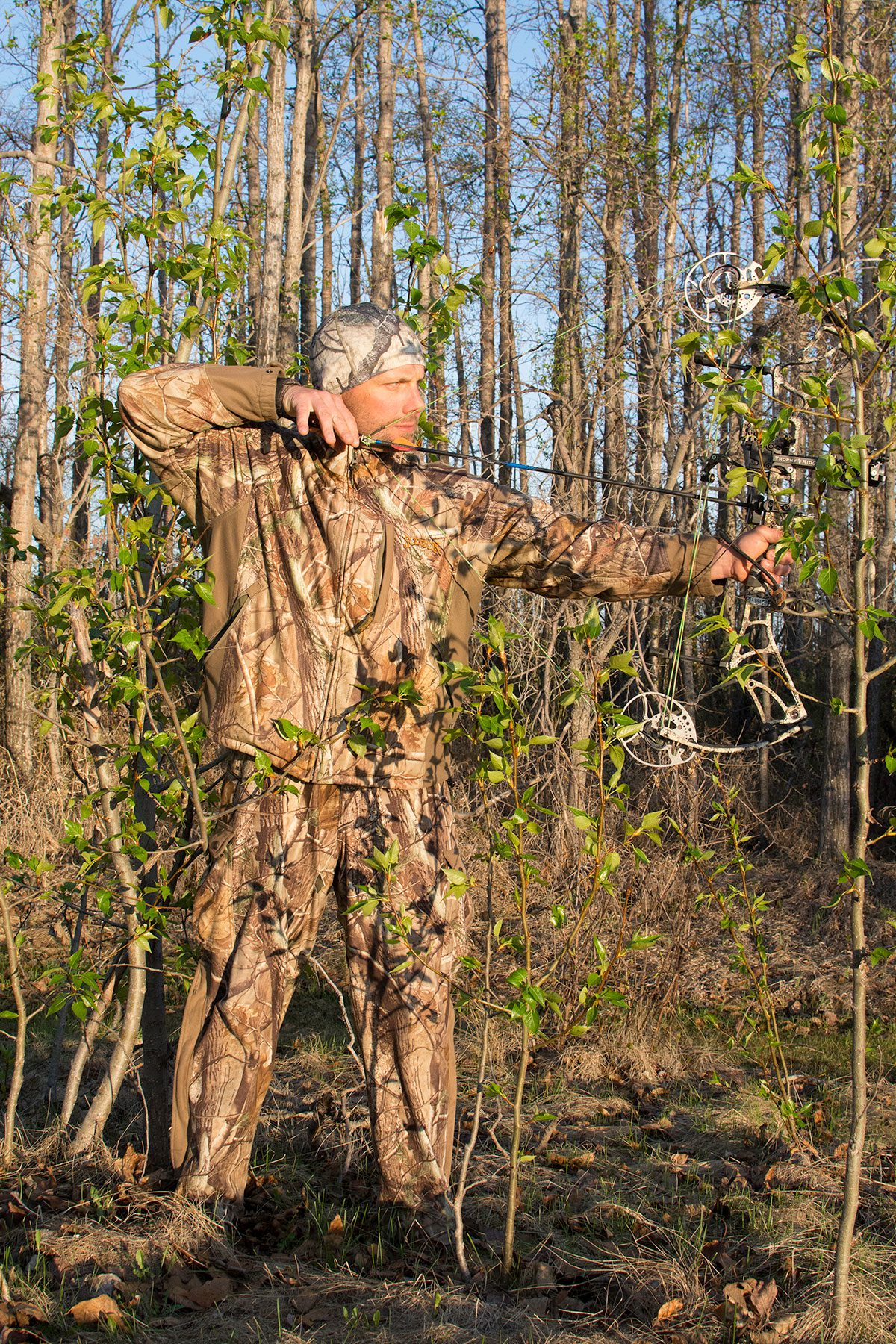
Break In
Embark on short shooting sessions to break in your bow and become familiar with its feel and performance. Pay attention to any unusual sounds, vibrations, or inconsistencies during these initial sessions. This hands-on experience will help you develop a deeper connection with your bow.
Additional tuning
Bow tuning is the art of aligning various components of your bow to achieve optimal arrow flight. It involves a series of adjustments, each serving a specific purpose in enhancing accuracy and consistency.
Walk Back Tuning
Once the basics are addressed, it’s time to step back – literally. Walk back tuning involves shooting arrows at increasing distances while maintaining a consistent point of aim. Analyzing the arrow grouping helps fine-tune your bow’s center shot, ensuring that arrows fly true at various distances.
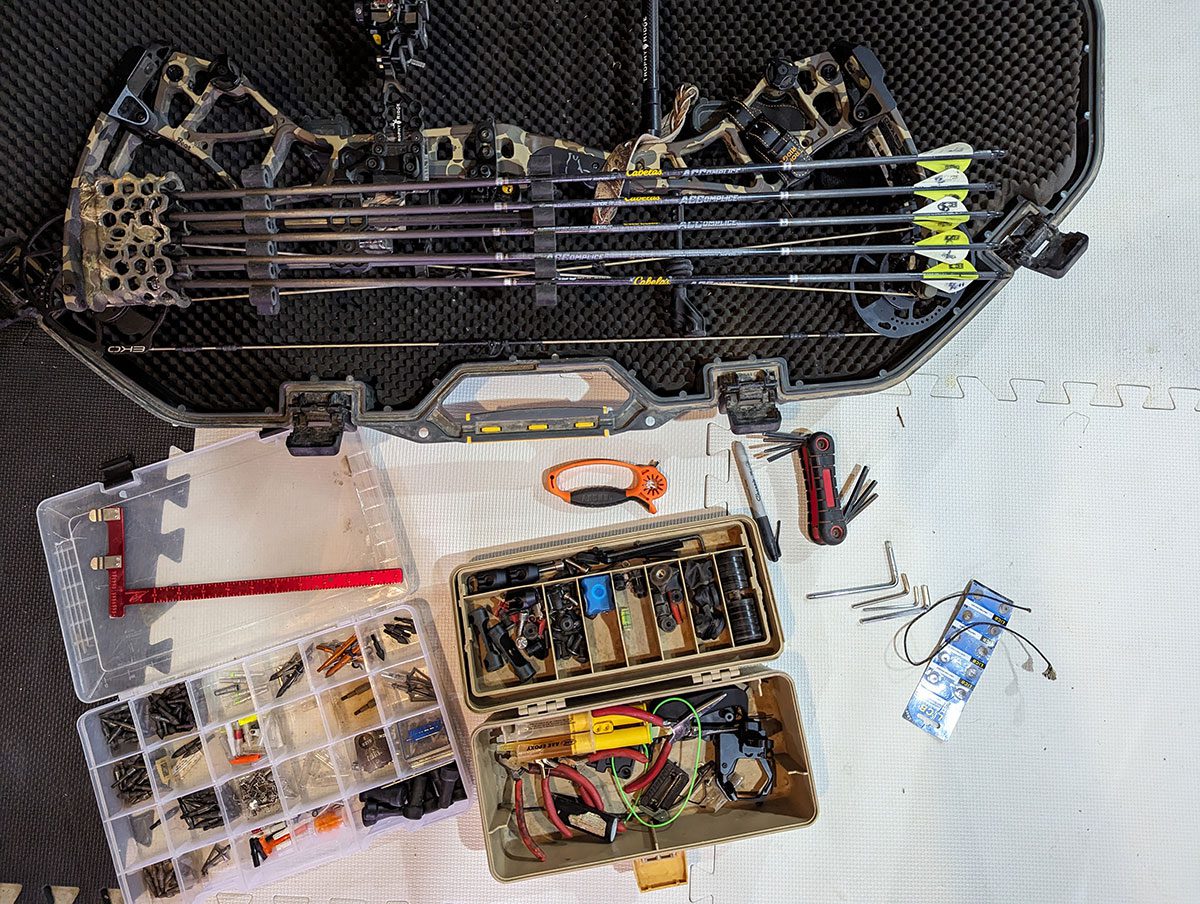
Broadhead Tuning
Transitioning to broadhead tuning is crucial for hunters. Broadheads, with their unique aerodynamics, can behave differently than field points. Fine-tuning your bow with broadheads ensures that your setup remains consistent, whether you are practicing or in pursuit of game. For bowhunters, broadhead tuning is crucial. Ensure your bow performs flawlessly with broadheads, mimicking real-world hunting conditions.
Arrow Tuning
The final frontier in bow tuning is arrow tuning. This involves selecting the right arrow spine, length, and weight to match your bow’s specifications. Achieving harmony between your bow and arrows is the pinnacle of tuning, resulting in unparalleled accuracy and performance.
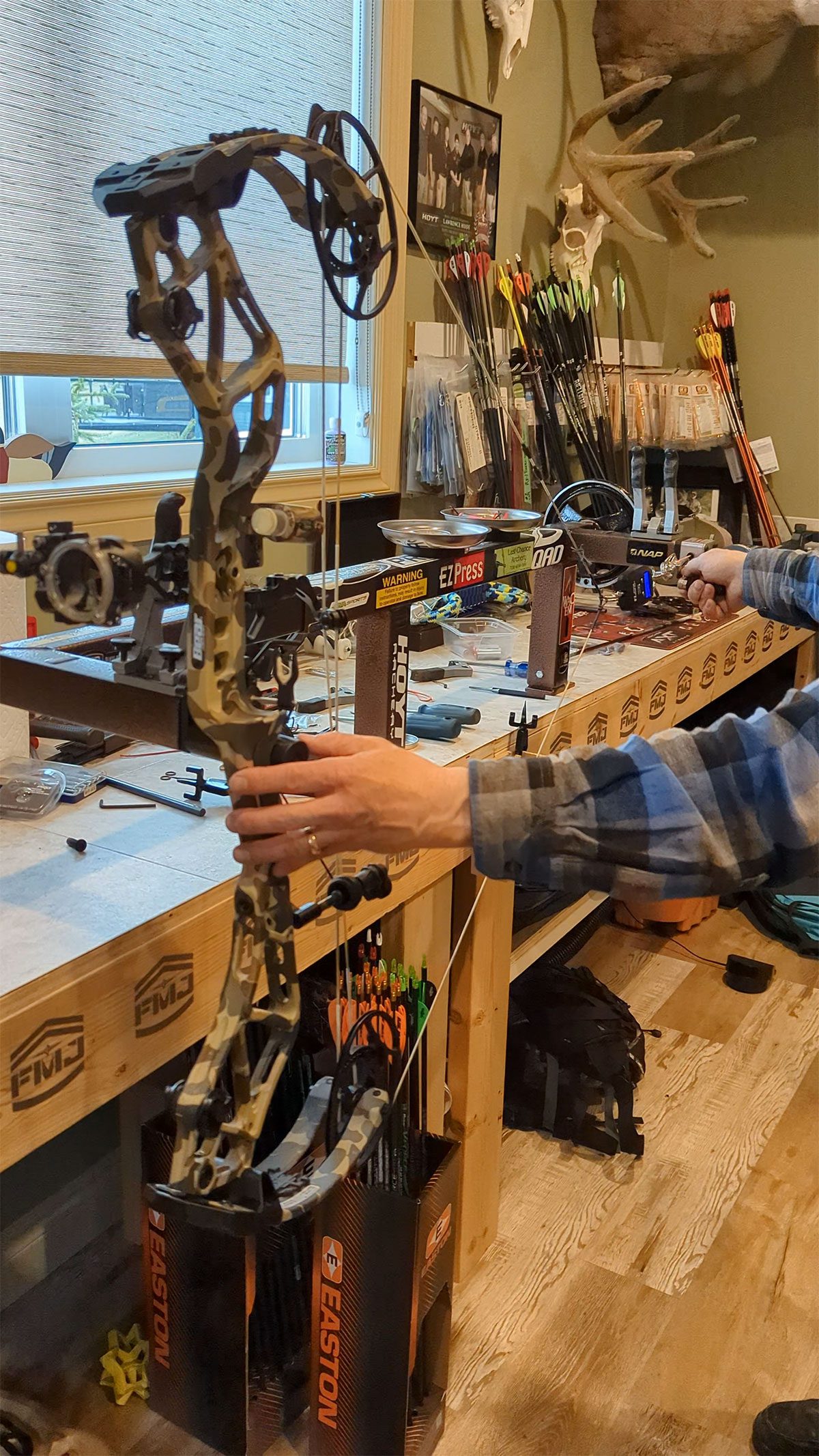
Seek wisdom by consulting a pro archery technician
You don’t know what you don’t know and it’s likely you will encounter uncertainty or have questions throughout the process above. Do not hesitate to seek guidance from a professional archery technician or a knowledgeable mentor. Their expertise can provide valuable insights and ensure that your bow is tuned for optimal performance. They have been doing it for years and will provide time saving guiding to get you shooting your arrows true as quickly as possible.
Once setup and tuned properly, your bow effectively becomes an extension of yourself. Trust me, you’ll be to tell instantly the slightly sound or performance mishaps once you are in tune with your bow.
However, the key to successful bow ownership is ongoing maintenance. Regularly check your bow’s condition, keep it clean, and follow the manufacturer’s guidelines for maintenance intervals. With proper care and attention, your compound bow can become a reliable and accurate tool for your archery endeavors. In order to do this a few tools and skills are required, discussed below. Your journey into bow maintenance begins with a well-equipped bow case.
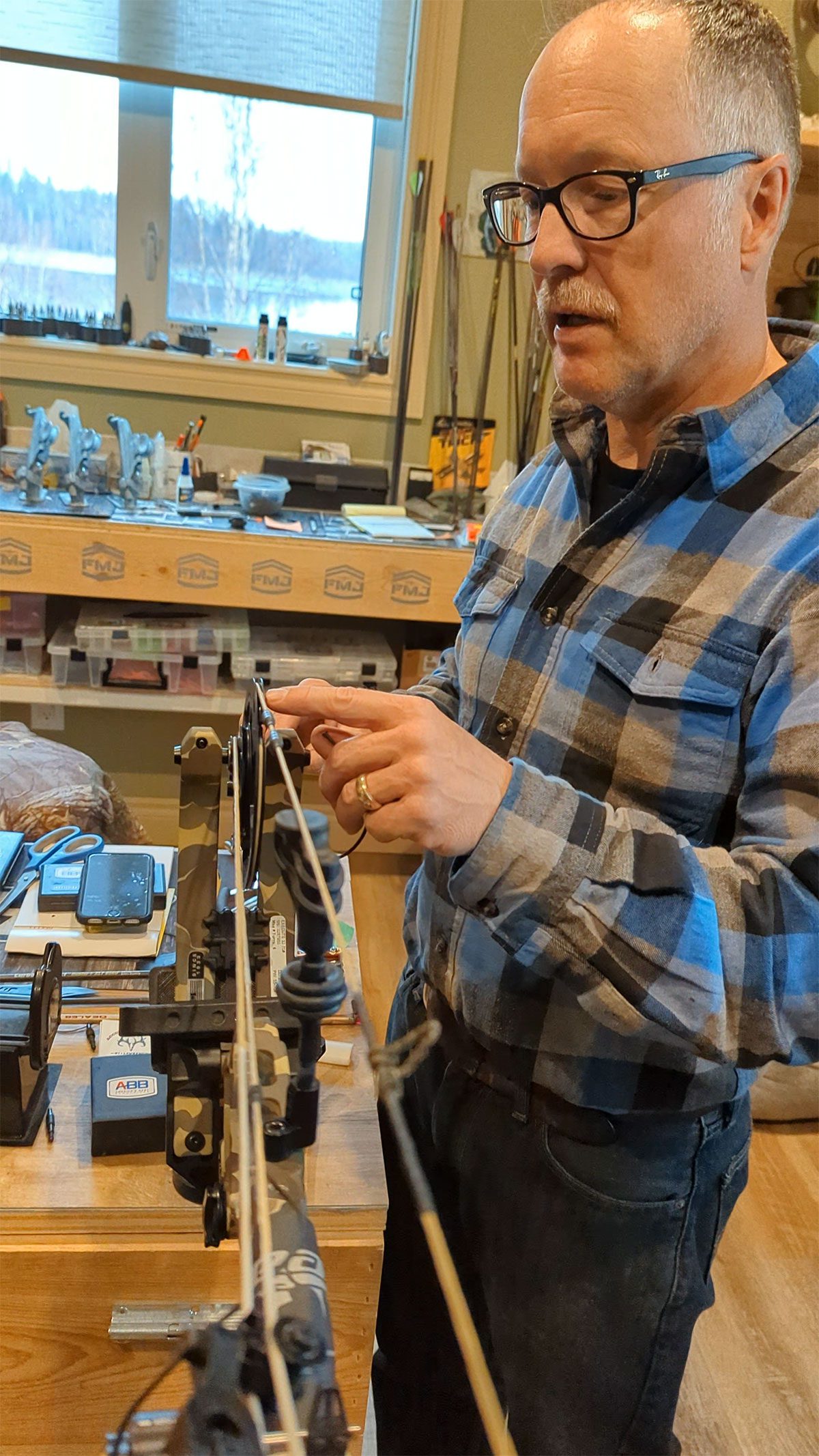
Must have essential tools every archer should have in their bow case:
Allen Wrench Set
A versatile set of Allen wrenches is your passport to the intricate world of bow adjustments. From the sight to the rest and limb bolts, these compact tools ensure you can tweak various components with precision.
Bowstring Wax
The unsung hero of bow maintenance, bowstring wax, is your bowstring’s best friend. Regular applications prevent fraying, maintain optimal performance, and extend the lifespan of your bowstring.
Screwdriver Set
Different bow accessories might require various screwdriver types. A compact screwdriver set ensures you are ready to tighten or adjust components with ease, ensuring your bow remains in top-notch condition.
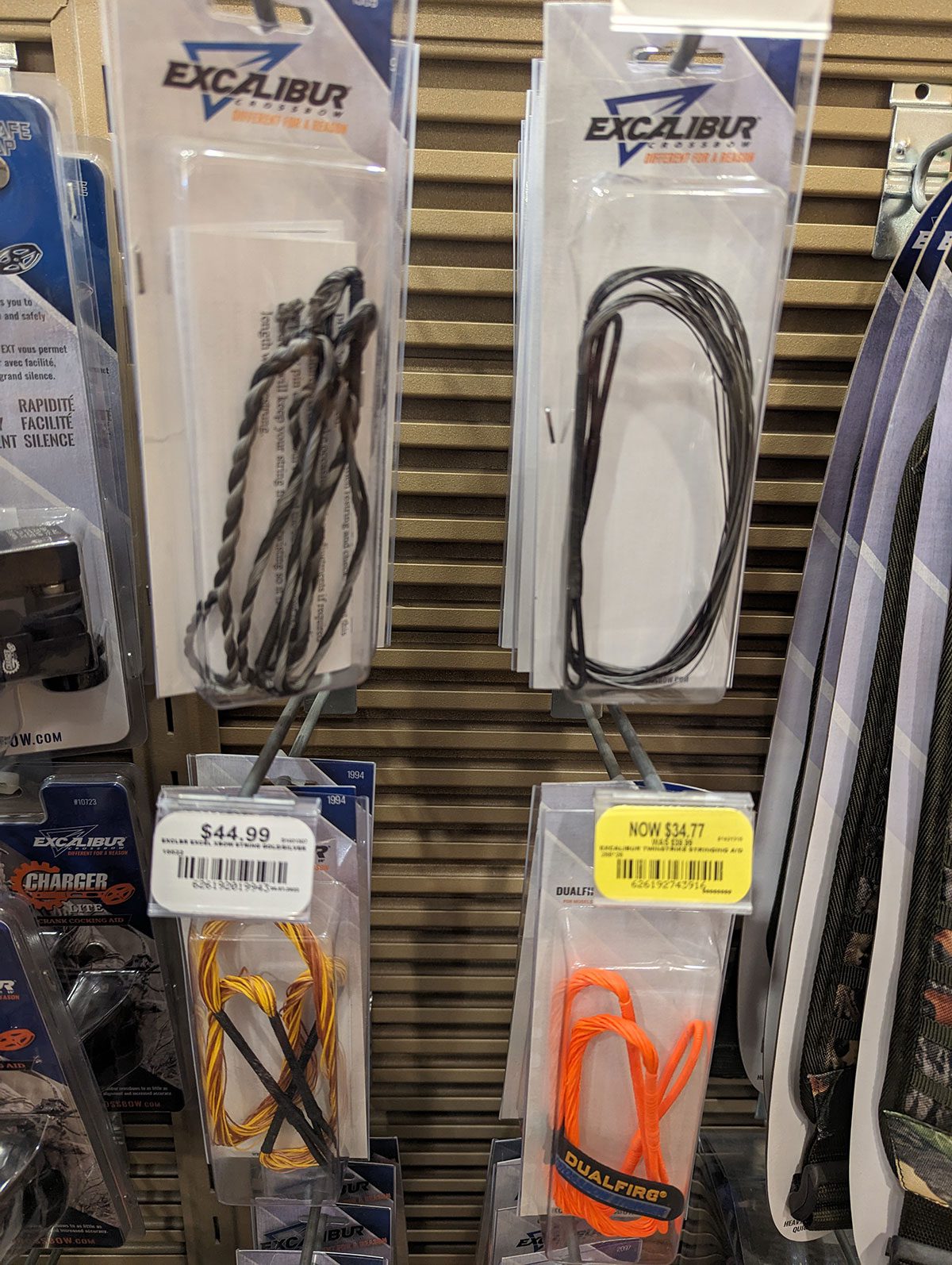
Tools to Take with you in the Field
When you are out in the field, a different set of tools comes into play. Compact, versatile, and field-ready, these tools ensure you can address issues on the go:
Leatherman Multi-Tool
A multi-tool is a Swiss Army knife for archers. With features like pliers, a knife, and screwdrivers, this compact companion handles a myriad of tasks, from cutting arrows to tightening screws.
Bow Square
Maintaining consistent performance requires attention to detail. A portable bow square helps you check and adjust your bow’s brace height and nocking point even when you are in the heart of the wilderness.
Alternative Bow Presses – Traditional bow presses are cumbersome, but modern alternatives bring versatility and portability to the table:

Portable Bow Press
Compact and designed for on-the-go adjustments, a portable bow press is a game-changer. No longer confined to your workshop, these presses allow you to work on your bowstring and cables in the field. In a pinch, a ratchet strap will do but you will likely need two people to release the tension.
Spare Parts – just like any well-oiled machine, bows occasionally need replacement parts. Having a stock of spare parts in your bow case can save the day:
String and Cables – Strings and cables are the lifelines of your bow. Having a spare ensures you can quickly replace worn-out or broken components, minimizing downtime. These will be bow manufacturer specific, but you can order spares to have on hand.
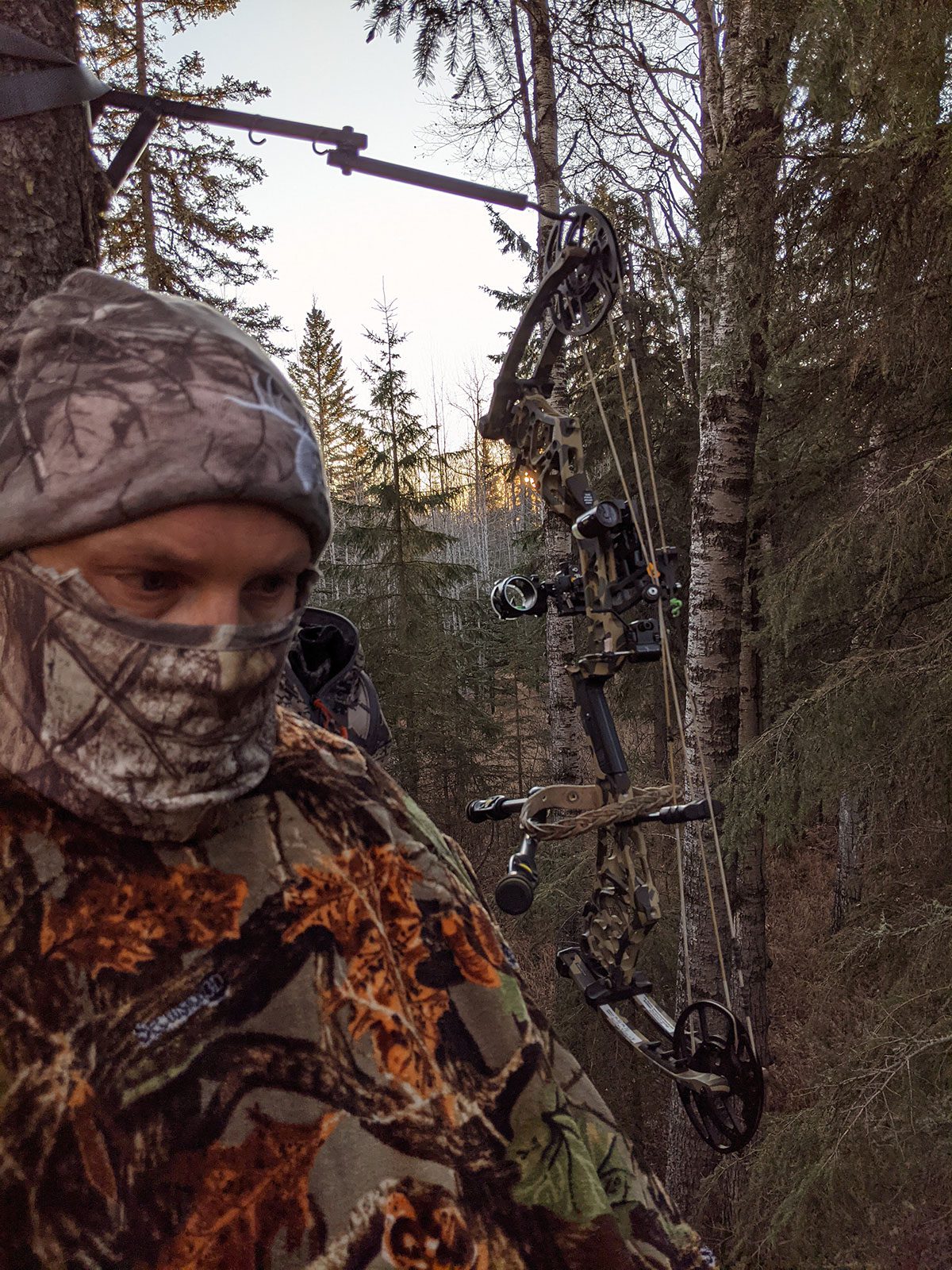
Nocks and Fletching replacement – Field Tool
Nocks and fletchings are susceptible to wear and tear. Having a few spare ones in your bow case ensures you are always ready for quick replacements, maintaining arrow stability and accuracy.
In conclusion, the journey with maintaining and tuning your compound bow is not a sprint but a methodical and rewarding marathon. By investing time in the initial setup and tuning steps above and maintaining them daily hunting in the field you lay the foundation for a long and fulfilling archery experience. With proper care, attention, and adherence to the manufacturer’s guidelines, your compound bow will become a trusted ally in your quest for precision and mastery in the world of bowhunting.
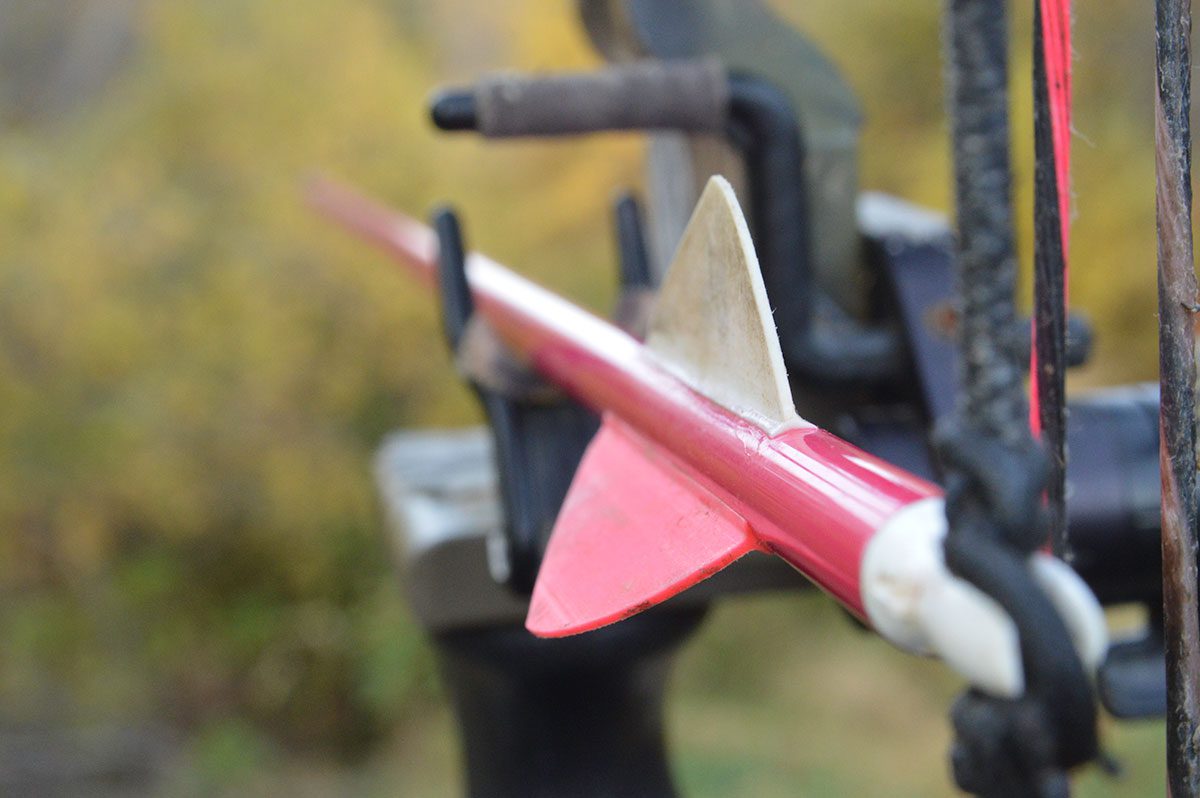
Per our affiliate disclosure, we may earn revenue from the products available on this page. To learn more about how we test gear, click here.



